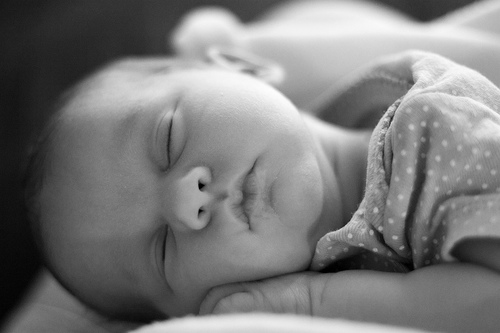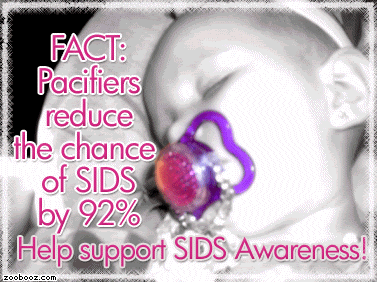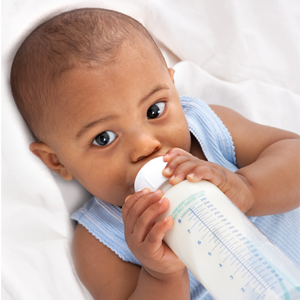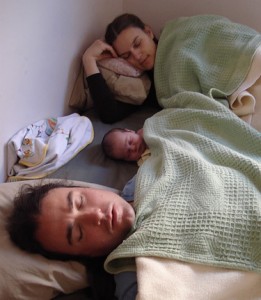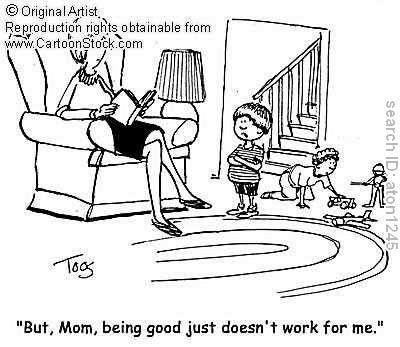SIDS (Sudden Infant Death Syndrome)
<<<<=====Share on Google+ and Like above
Share on Facebook and RETWEET HERE============>>>>
And Comment Below!
SIDS
(Sudden Infant Death Syndrome)
It’s the most frightening, bewildering and heartbreaking thing that can happen with a newborn. Sudden Infant Death Syndrome (SIDS),, also commonly known to some as crib death. It’s defined as when as when a baby dies in the first year of life from no apparent cause. The causes still aren’t fully known, but in SIDS deaths, the baby’s recovery mechanisms if deprived of oxygen aren’t developed and he’s not able to rouse himself if his breathing becomes obstructed, such as when he’s sleeping face down.
There’s no way to predict whether a baby is at risk for SIDS, although the occurrence of SIDS deaths has decreased in the last 10 years. Creating a safe sleep environment for the baby is one way to help prevent SIDS associated infant deaths.
For the first year of life, babies should be put to sleep on their backs . If put to sleep on their sides, they should be positioned with one arm forward to keep them from rolling over on their stomachs which is largely thought to prevent . Soft foam wedges can be purchased for just this purpose.
Avoid loose, fluffy bedding and make sure your baby’s face isn’t obstructed. Be careful not to overheat your baby by over-wrapping him or dressing him in too many layers. An overheated baby is thought to increase the sids risk during sleep.
Don’t smoke and don’t allow anyone else to smoke around the baby. Make sure your baby has a firm mattress in a safety-approved crib.
There are monitoring systems that can alert you if the baby stops breathing. There are some indications when you might want to consider this:
–If the baby has had any life-threatening episodes, such as turning blue, or an episode requiring mouth-to-mouth resuscitation.
–If the baby had older siblings who died of SIDS.
–If the baby was premature
Make sure to keep all well-baby appointments to make sure his lungs are fully developed and to maintain all immunizations.
Tags:
Define sids
Sids risk
Sids death
Infant deaths
Crib death
Infant death
